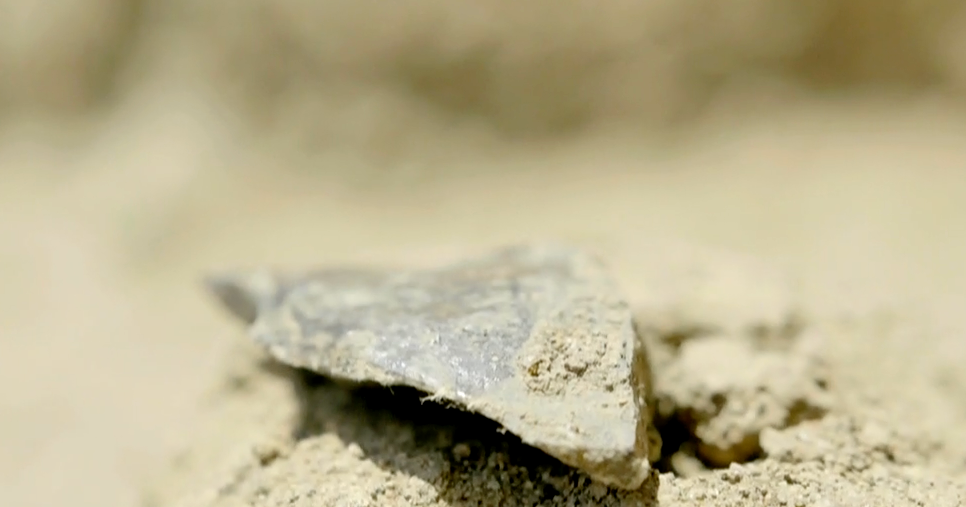New study suggests oldest known human ancestors could walk upright
New analysis of ancient leg and arm bones found in Chad in 2001 has led researchers to conclude that one of our earliest known ancestors walked upright 7 million years ago.
A new study published Wednesday in the science journal Nature suggests that our ability to walk on two legs, or bipedalism, developed "soon after humans and chimpanzees diverged."
About 20 years ago, researchers in Chad discovered the nearly complete skull of the Sahelanthropus tchadensis, the ancient ape-man species. They also found arm and leg bones nearby. The cranium that was found had an opening in the middle of the skull that was oriented downwards, suggesting that "like bipeds, Sahelanthropus balanced its head on a vertical neck," human evolution expert Daniel Lieberman wrote in Nature.
However, not all scientists agree that the cranium provided enough evidence of bipedalism, according to the Associated Press. Some believe that the similar characteristics between the Sahelanthropus and humans could have developed independently.
Scientists Guillaume Daver and Franck Guy, who authored the study, used the "previously undescribed" left thigh (femur) and forearm bones (ulnae) to confirm their original findings. They found that the femur bone had "human-like" characteristics and looked "more like that of a bipedal hominin than that of a quadrupedal ape," Lieberman explained.
On the flip side, the forearm bones looked "unquestionably chimpanzee-like," with characteristics of arms that could climb trees well.
Based on the evidence researchers gathered from studying the cranium and the femur, they determined that the ape-man most likely walked upright, but could also climb well, Lieberman wrote.
Besides this inference, scientists really don't have much information about the type of walk this species had, he said.
"We know little else about the gait of Sahelanthropus," Lieberman said. "A mixed repertoire of walking and climbing makes sense given that Sahelanthropus lived near a lake with woodland adjacent to it."
Furthermore, there are still many features the Sahelanthropus has in common with chimpanzees, he wrote.
"This resemblance makes sense if the last common ancestor of humans and chimpanzees was chimpanzee-like and Sahelanthropus evolved very soon after humans and chimpanzees diverged," Lieberman said.
The findings of this study are significant because the development of bipedalism is considered "a decisive step in human evolution," according to a press release from the Université de Poitiers in France, whose researchers were involved in the new study, as well as a previous study on the bones back in 2005.




